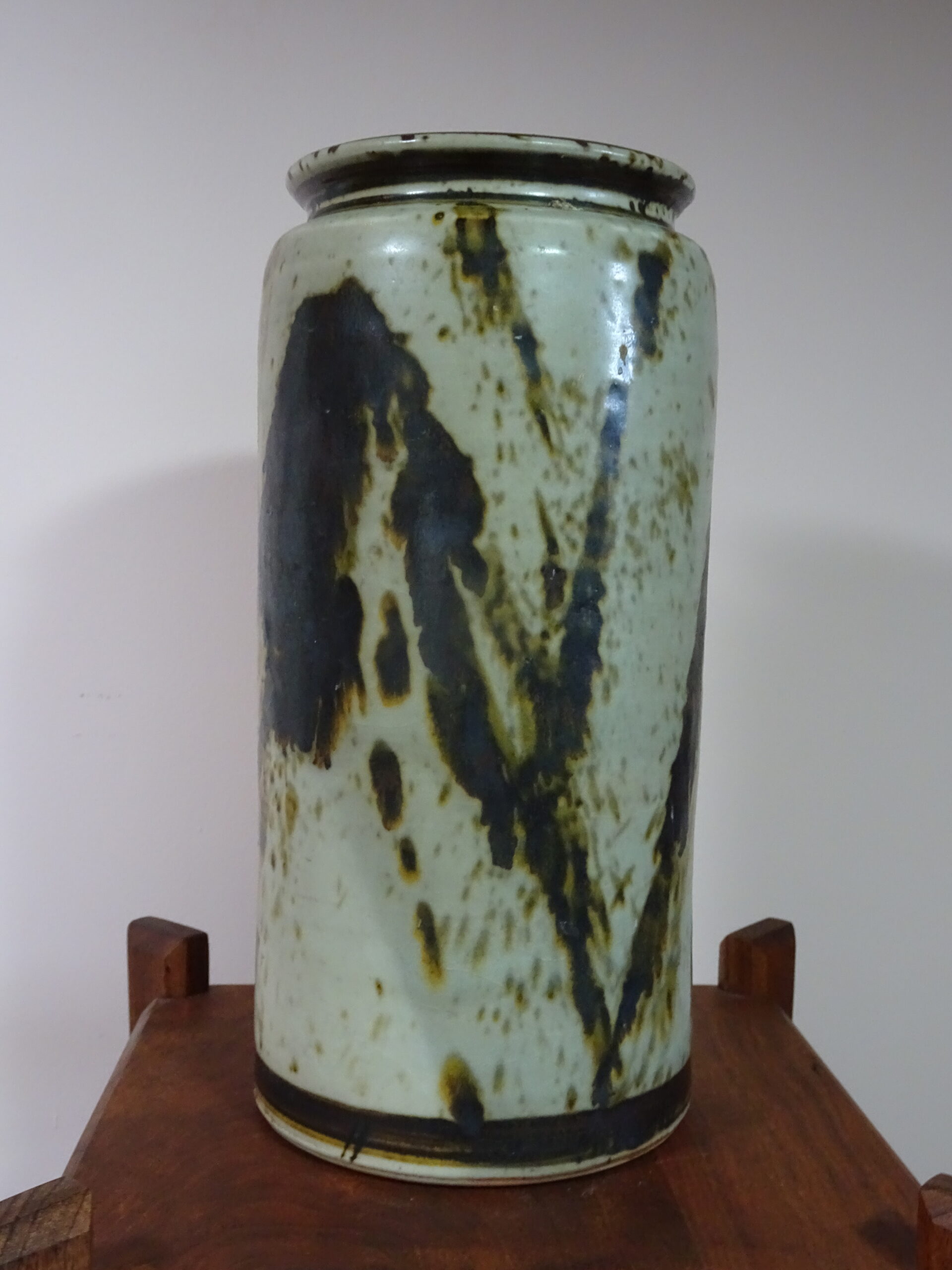I’m a city girl. I prefer sidewalks to hiking trails, front porches to farms and forests, bustling streets full of shops and restaurants to quiet country lanes. My only direct experience of sheep occurred when I visited a ranch with my elementary school Girl Scout troop, and I was assigned to feed some of the penned-in sheep for a couple of days. What I learned there was that sheep are smelly, dirty, and not too bright.
Beyond that, all I know about sheep come from reading Thomas Hardy’s descriptions in Far from the Madding Crowd when I was in high school, and noticing how different the bony, brownish creatures that were herded along the dusty roads of the Holy Land when I lived there in the early 70s from the picturesque, fluffy, white animals I saw browsing in lush, green English fields many years later. When Jesus uses sheep and shepherds as a figure of speech, I don’t get it. I tell myself, “Jesus is not talking to 21st century, over-educated, urban me, but rather to the people of his time for whom sheep were a ubiquitous part of everyday life,” but that doesn’t help much, either.
So I try to listen differently. I push away my ignorant prejudices about sheep and country life and instead remember how hard it must have been for the people listening to Jesus to discern whether he was the real thing, or just another false messiah leading them astray. In these days of pandemic and spatial distancing, it’s still hard to know which voices to trust and which will lead us into greater trouble, so I listen for Jesus in the voices of whoever is speaking. When Jesus invites me to trust him, I hear the love and compassion in his voice. Even when I don’t quite understand what he is saying, I trust that Jesus will guide me to abundant life.
–Deborah Sokolove, Seekers Church
Questions:
- How do you discern who is telling the truth?
- Where do you hear Jesus in your everyday life?
- What does abundant life look like to you?





